Press release from the Department of Homeland Security:
Today, U.S. Customs and Border Protection is releasing illegal border crossing data through the month of February and the numbers show an unprecedented decline in traffic. From January to February, the flow of illegal border crossings as measured by apprehensions and the prevention of inadmissible persons at our southern border dropped by 40 percent.
The drop in apprehensions shows a marked change in trends. Since the Administration’s implementation of Executive Orders to enforce immigration laws, apprehensions and inadmissible activity is trending toward the lowest monthly total in at least the last five years. This change in the trend line is especially significant because CBP historically sees a 10-20 percent increase in apprehensions of illegal immigrants from January to February. Instead, this year we saw a drop from 31,578 to 18,762 persons – a 40 percent decline.
This is encouraging news as in the period from Oct 1, 2016 to the Presidential inauguration, U.S. Customs and Border Protection reported 157,000 apprehensions of illegal immigrants – a 35 percent increase over the previous fiscal year, with family units increasing by more than 100 percent. However, since President Trump took office on January 20, we have seen a dramatic drop in numbers.
The decrease is also encouraging news because it means many fewer people are putting themselves and their families at risk of exploitation, assault and injury by human traffickers and the physical dangers of the treacherous journey north.
Additionally, we are seeing an increase in the fees charged by human smugglers along the U.S. southwest border. Since Nov. 2016, “coyotes” have hiked their fees in some areas by roughly 130 percent – from $3,500 to $8,000 in certain mountainous regions. Changes in U.S. policy, including the detention of apprehended aliens, drive up the smuggling fees.
This is what many of us have argued for years. If the federal government would simply enforce the laws that are on the books, the problem of illegal immigration would not go away but it would be background noise in the big scheme of things. And that is all Trump has done. His executive orders can be distilled to three words: follow the law.
What we actually know is that the flow has dropped more than a mere 40%. Over the past eight years CBP agents haven’t even bothered to try to stop the flow because that was no a priority of the Obama administration.
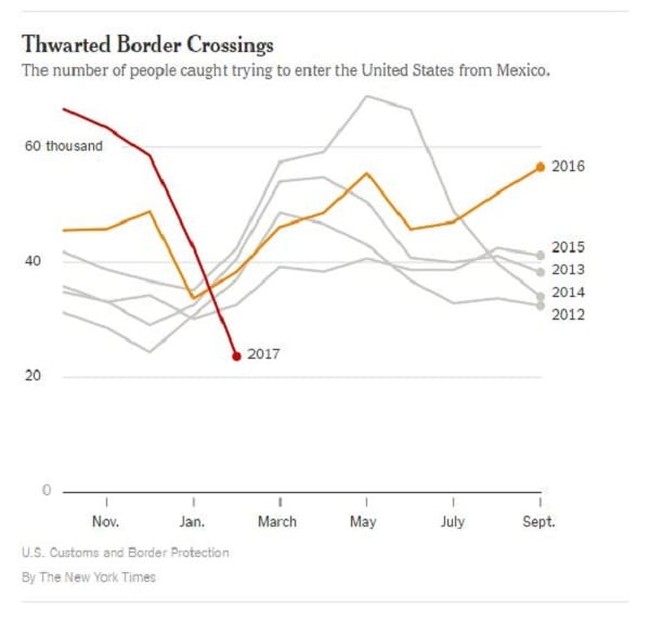
As the New York Times points out, people who are considering crossing the border illegally aren’t stupid. They weigh our rhetoric and then they compare rhetoric to action. For all of Obama’s tough talk about being the “deporter in chief,” people wanting to cross the border knew it was a sham.
The flow of people across the United States’ southern border has long depended on many factors, including the economy and violence in their home countries, and even the weather. But chief among them is America’s own immigration policy, and experts said they were not surprised to see a slowdown even before Mr. Trump’s executive orders on immigration have taken full effect or his signature wall has been built.
“Deterrence through perception is central to these executive orders,” said Faye Hipsman, a policy analyst at the Migration Policy Institute. “Even floating the possibility of expanding detention at the border makes somebody less likely to come.”
Since taking office, Mr. Trump has made clear that undocumented immigrants will have a tougher time getting into and staying in the United States. Beyond planning to build a border wall, a rallying cry during his campaign, he has expanded the authority of immigration enforcement officers and pledged to hire more of them; raised the threshold for entry to the United States based on claims of persecution back home; and called for more detentions and quicker deportations of those already in the country illegally.
Mark Krikorian, executive director of the Center for Immigration Studies, a Washington-based group that favors more limits on immigration, said all signs pointed to a decline in migration similar to that seen after the Reagan administration’s sweeping immigration reform law of 1986. It gave amnesty to many immigrants who had entered the United States before 1982, while promising tighter security at the Mexican border and tough penalties for companies hiring undocumented workers.
“The talk of tougher enforcement can, in fact, lead to reductions in the flow, but only for a short period of time if the words aren’t backed up with action,” Mr. Krikorian said. During the Reagan years, he said, “the promises of tougher enforcement didn’t exactly pan out.”
If Trump continues with an enhanced enforcement regime, one which includes cracking down on US businesses that rely upon illegal immigrant labor, maybe we can have an honest conversation in this nation on immigration policy.
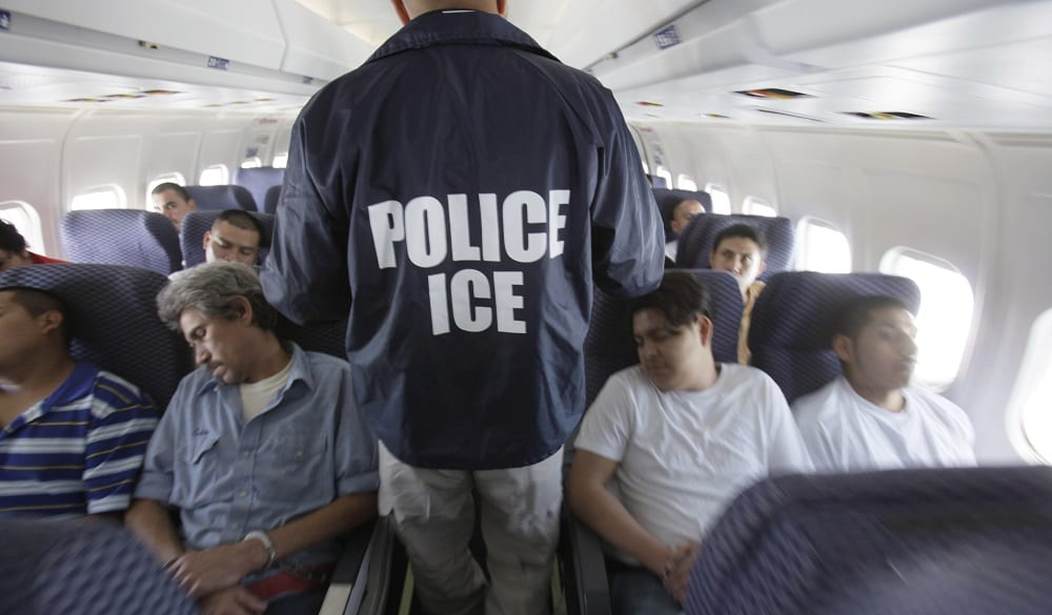

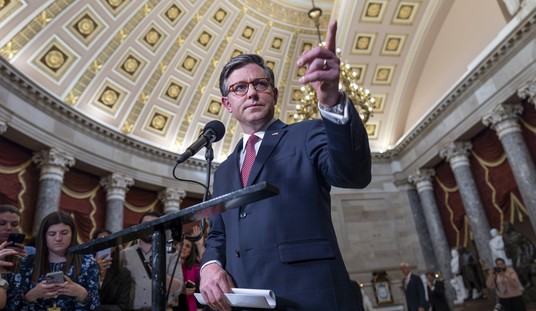


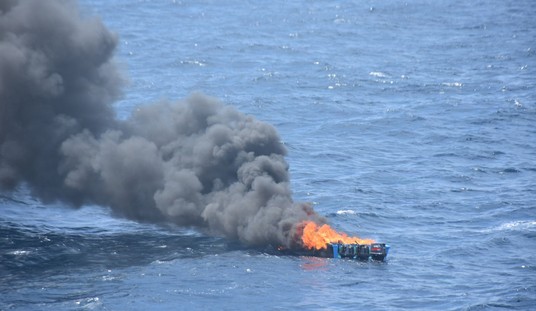




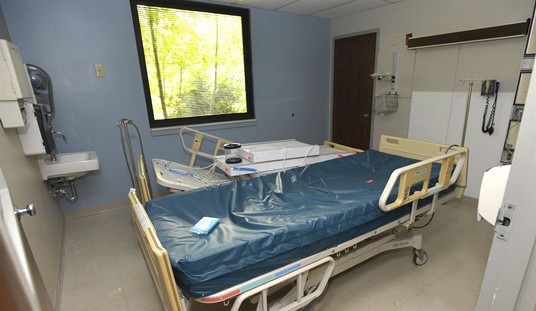

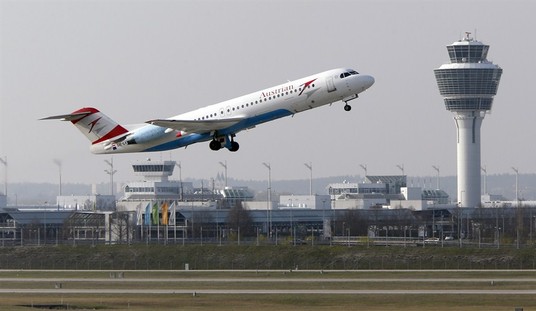

Join the conversation as a VIP Member